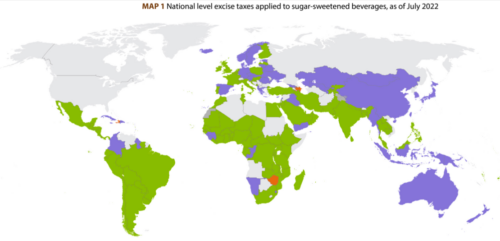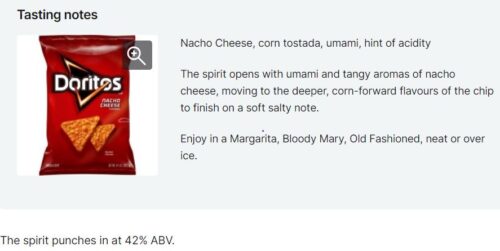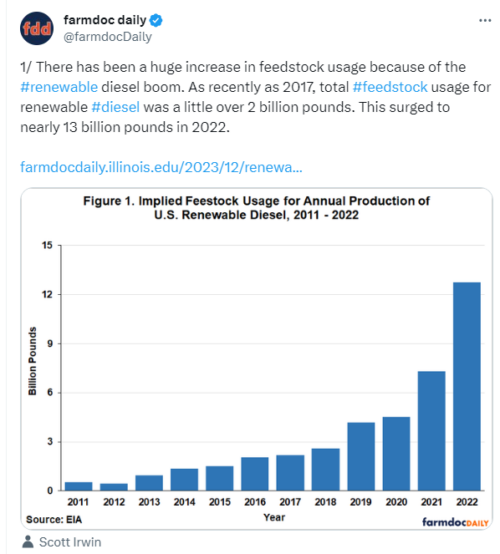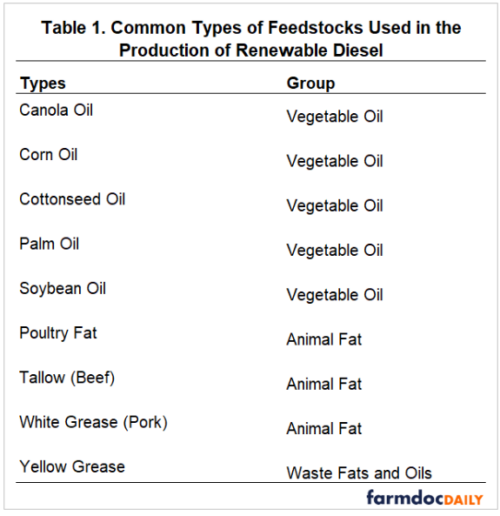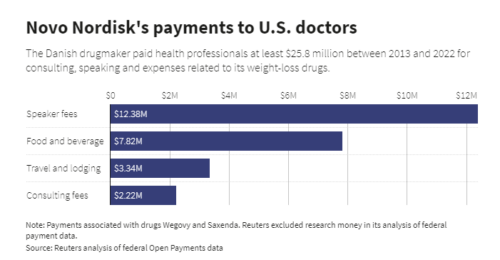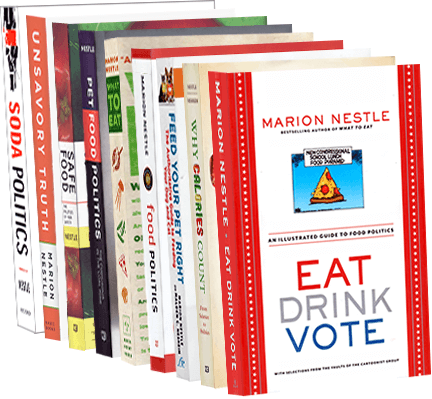The Alcohol Saga continues
So much is happening on the alcohol frontier these days that it is getting hard to keep up. Let’s start with the multiplicity of reports on alcohol and health arriving one after another. I’ve written about the NASEM and Surgeon General’s reports recently. I’ve also written recently about their implications for the forthcoming Dietary Guidelines.
I. The ICCPUD report. Now we have yet a third report from the Interagency Coordinating Committee on the Prevention of Underage Drinking (ICCPUD). This one says:
- Males and females who consumed 1 drink per day had an increased risk of liver cirrhosis, esophageal cancer, oral cancer, and injuries, but a lower risk for ischemic stroke…females had a higher risk for liver cancer and a lower risk for diabetes mellitus when they drank 1 drink per day…even infrequent high per-occasion drinking may eliminate the lower levels of risk for ischemic stroke.
- Alcohol use is associated with increased mortality for seven types of cancer (colorectal, female breast, liver, oral cavity, pharynx, larynx, esophagus [squamous cell type]). Increased risk for these cancers begins with any alcohol use and increases with higher levels of use. Women experience a much greater risk of an alcohol-attributable cancer per drink consumed.
II. The Alcohol industry’s reaction to the ICCPUD report. The reaction to this from a group of National Agriculture, Beverage and Hospitality Associations is pretty tough. In an email and press release titled “New U.S. Alcohol Report Tainted by Bias, Conflicts,” its representative said:
The controversial report, which is based on observational studies rather than any randomized controlled trials, is blatantly biased, with many panel members failing to disclose conflicts of interest, including affiliations with and funding from anti-alcohol and international temperance organizations…it’s essential to consider the findings of the recent Congressionally-mandated report from the National Academies of Science, Engineering and Health (NASEM), which found moderate drinking may be healthier than teetotaling (Axios).
Its recommendation
We urge the Secretaries of Agriculture and Health & Human Services to uphold the integrity of the DGAs to promote informed and responsible decision-making around alcohol. The agencies should disregard the ICCPUD report in their final assessments for the 2025-2030 Dietary Guidelines.
III. Call for public comment on the NASEM and ICCPUD reports
From the HHS Office of Disease Prevention and Health Promotion (I am an alum)
HHS and USDA will invite the public to provide input on two separate but complementary reports [ICCPUDand NASEM] on the relationship between alcohol and health starting January 15. These reports and the public comments received will be considered by the U.S. Department of Health and Human Services (HHS) and the U.S. Department of Agriculture (USDA) as the two departments collaborate to develop the next edition of the Dietary Guidelines for Americans. The comment period will close on February 14, 2025. Additional details on this public comment opportunity are available on DietaryGudelines.gov.
IV. Treasury Department proposes new and more informative labeling of alcohol drinks, also with a call for public comment
Allergens: In Notice No. 238, we propose to require a label disclosure of all major food allergens used in the production of alcohol beverages…labels must declare milk, eggs, fish, Crustacean shellfish, tree nuts, wheat, peanuts, soybeans, and sesame, as well as ingredients that contain protein derived from these foods, if used in the production of the alcohol beverage.
Alcohol Facts: In Notice No. 237, we propose to require Alcohol Facts label disclosures for alcohol beverages subject to TTB’s regulatory authority under the Federal Alcohol Administration Act. This disclosure would include the serving size of the product; the number of servings per container; alcohol content as a percentage of alcohol by volume; the number of fluid ounces of pure ethyl alcohol per serving; the number of calories per serving; and the number, in grams per serving, of carbohydrates, fat, and protein.
Wow! This has been a long time coming.
To comment:
- For Allergens see Notice No. 238 and/orDocket No. TTB–2025–0003 at Regulations.gov and this comment form.
- For Alcohol Facts see Notice No. 237 and/or Docket No. TTB–2025–0002 at regulations.gov and this comment form.
Electronic comments submitted via Regulations.gov are due by 11:59 p.m. ET on April 17, 2025, and comments submitted by postal mail must be postmarked by that date.

